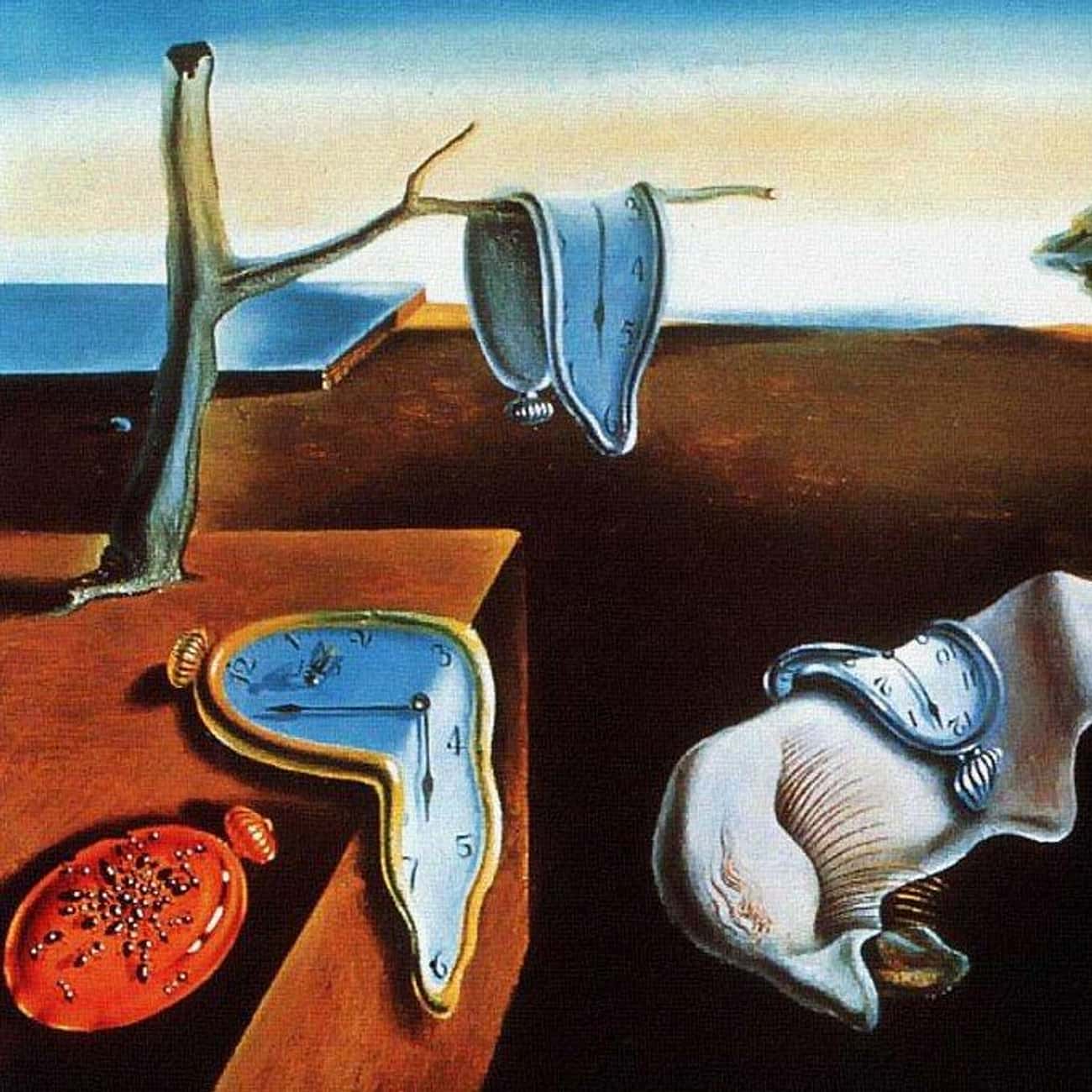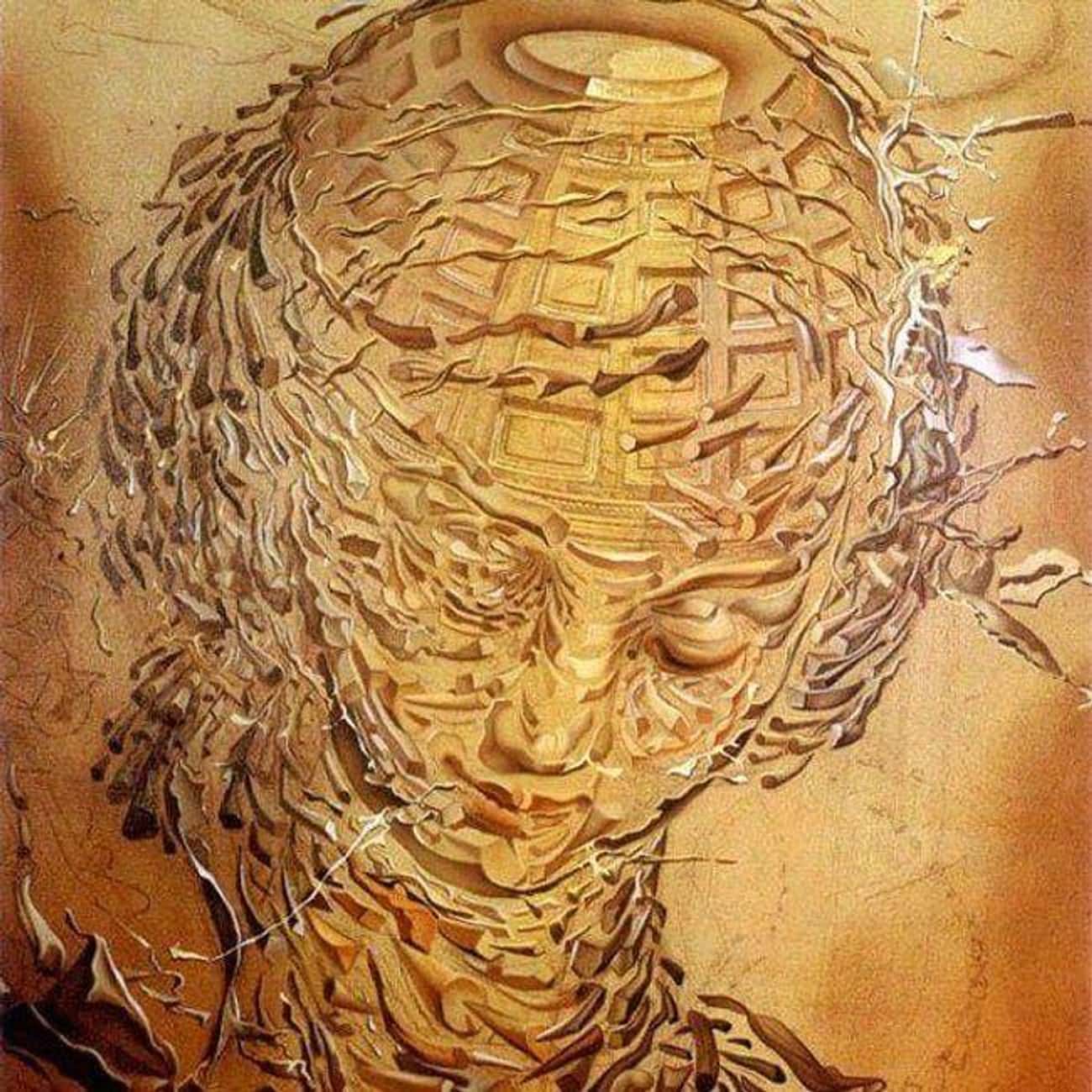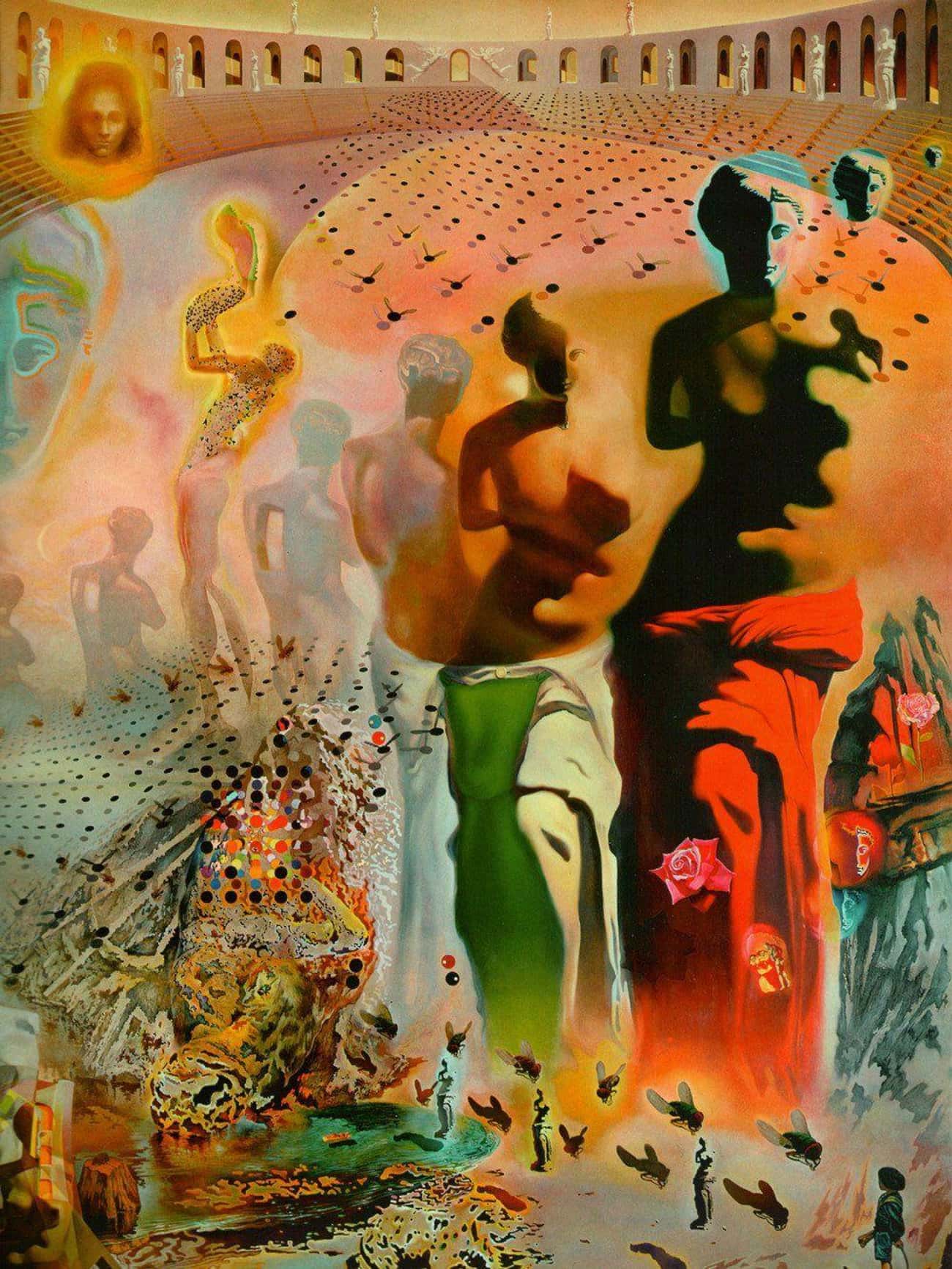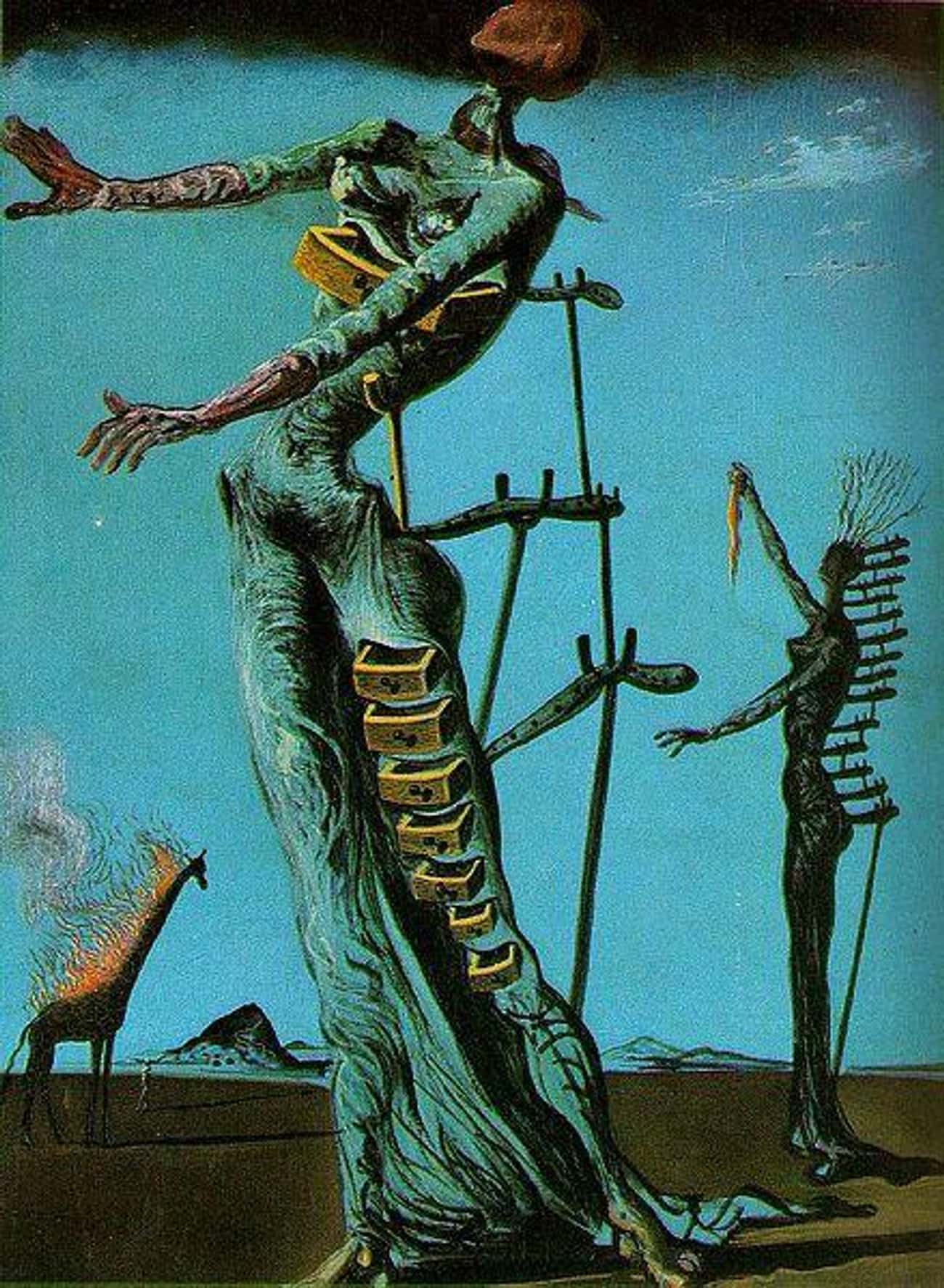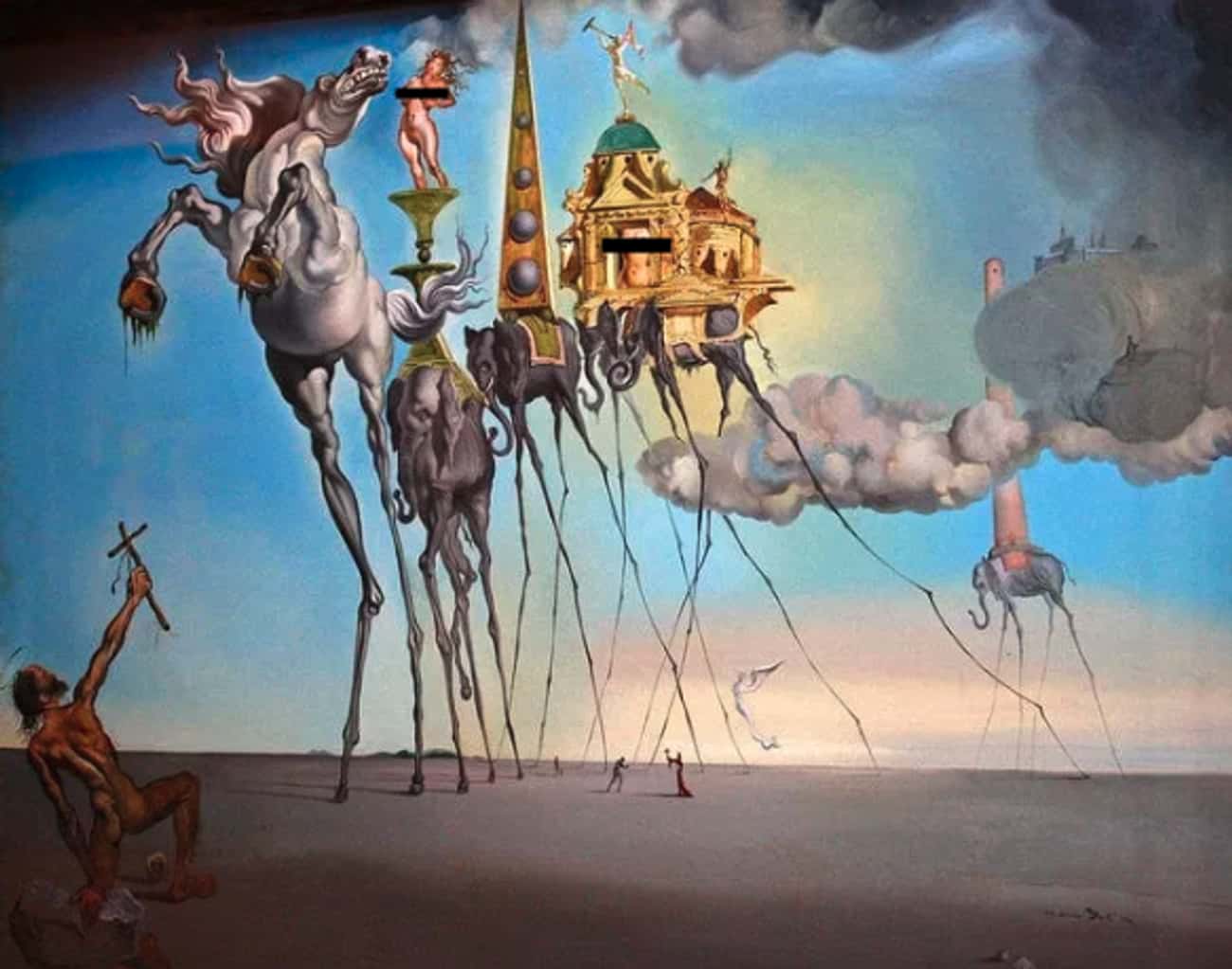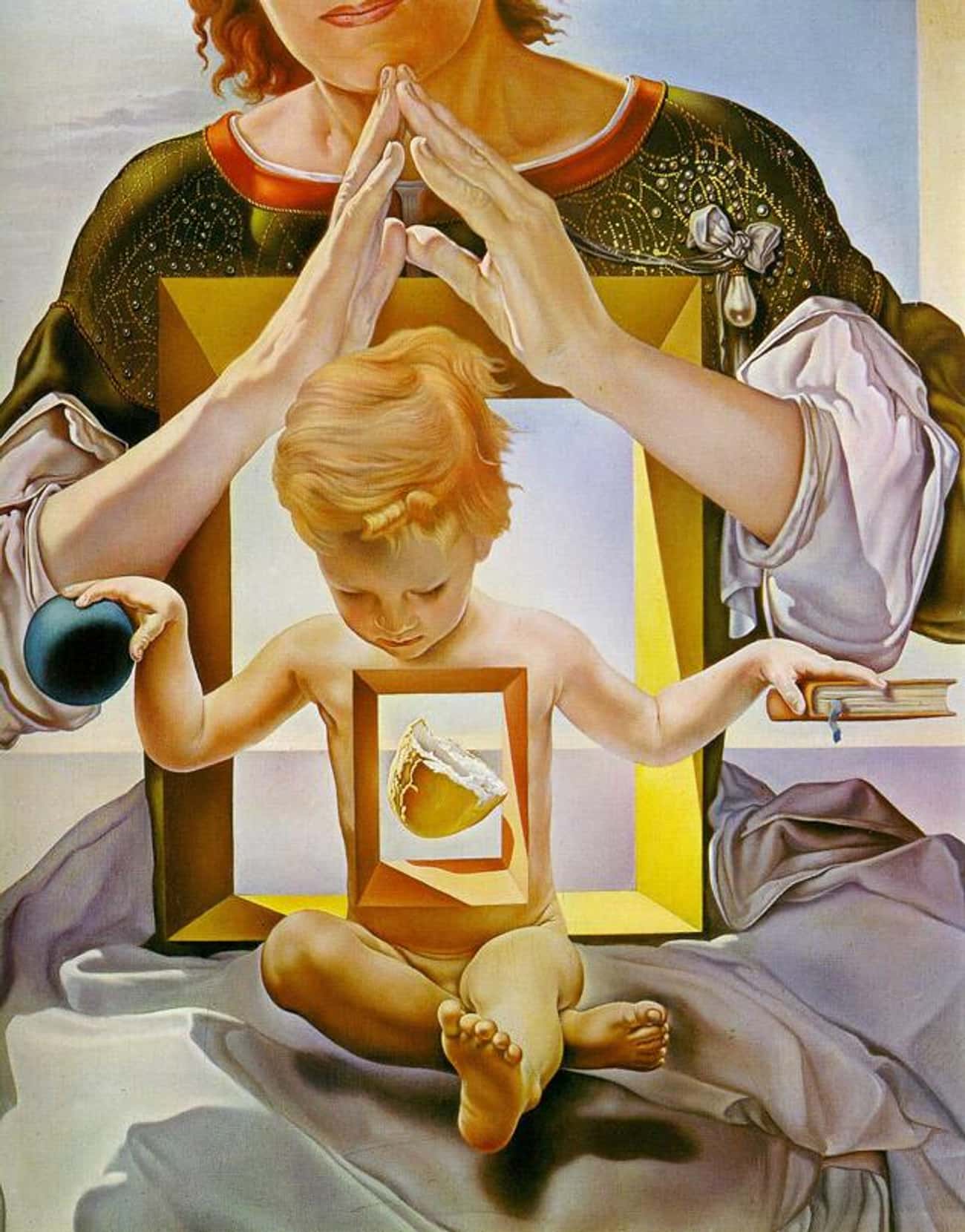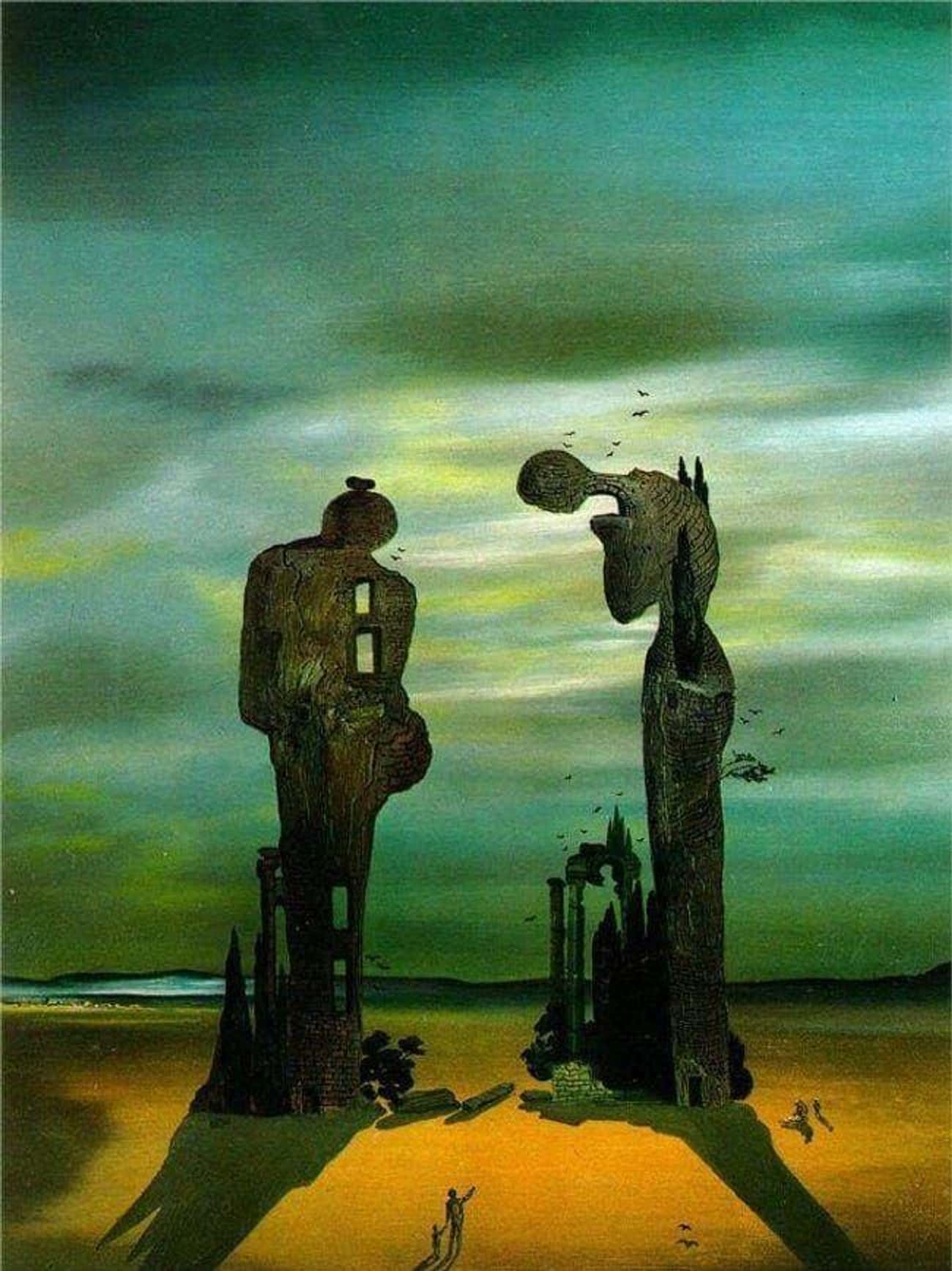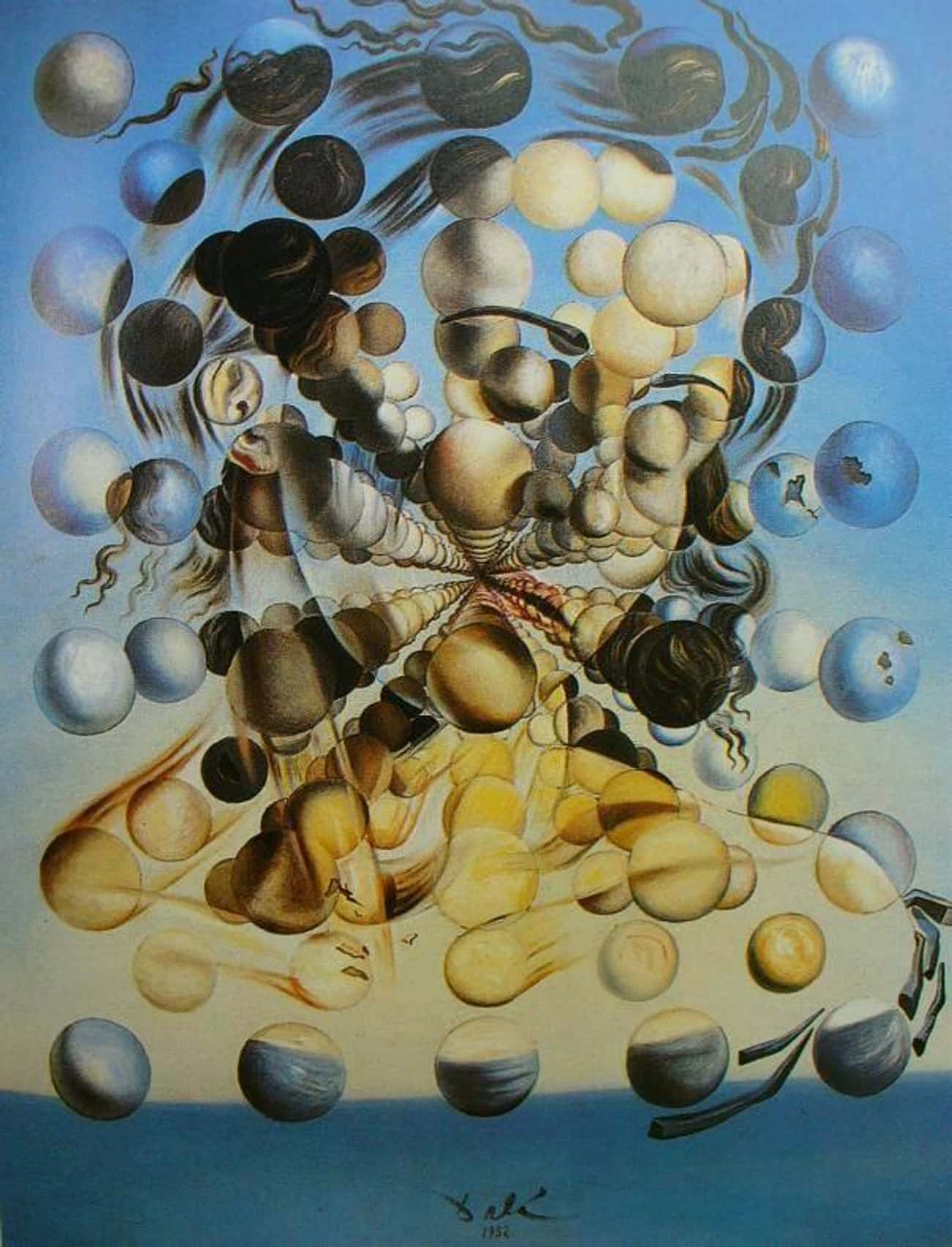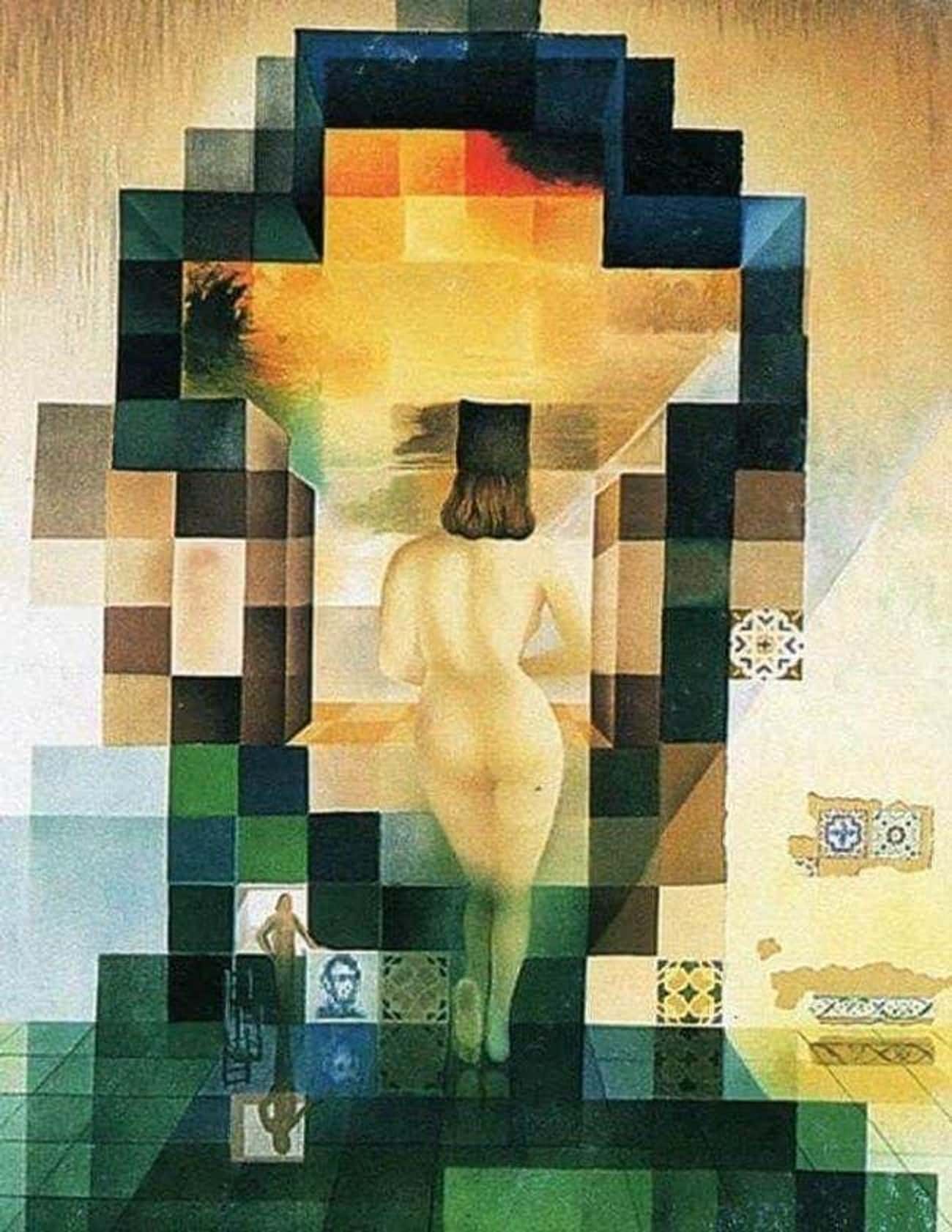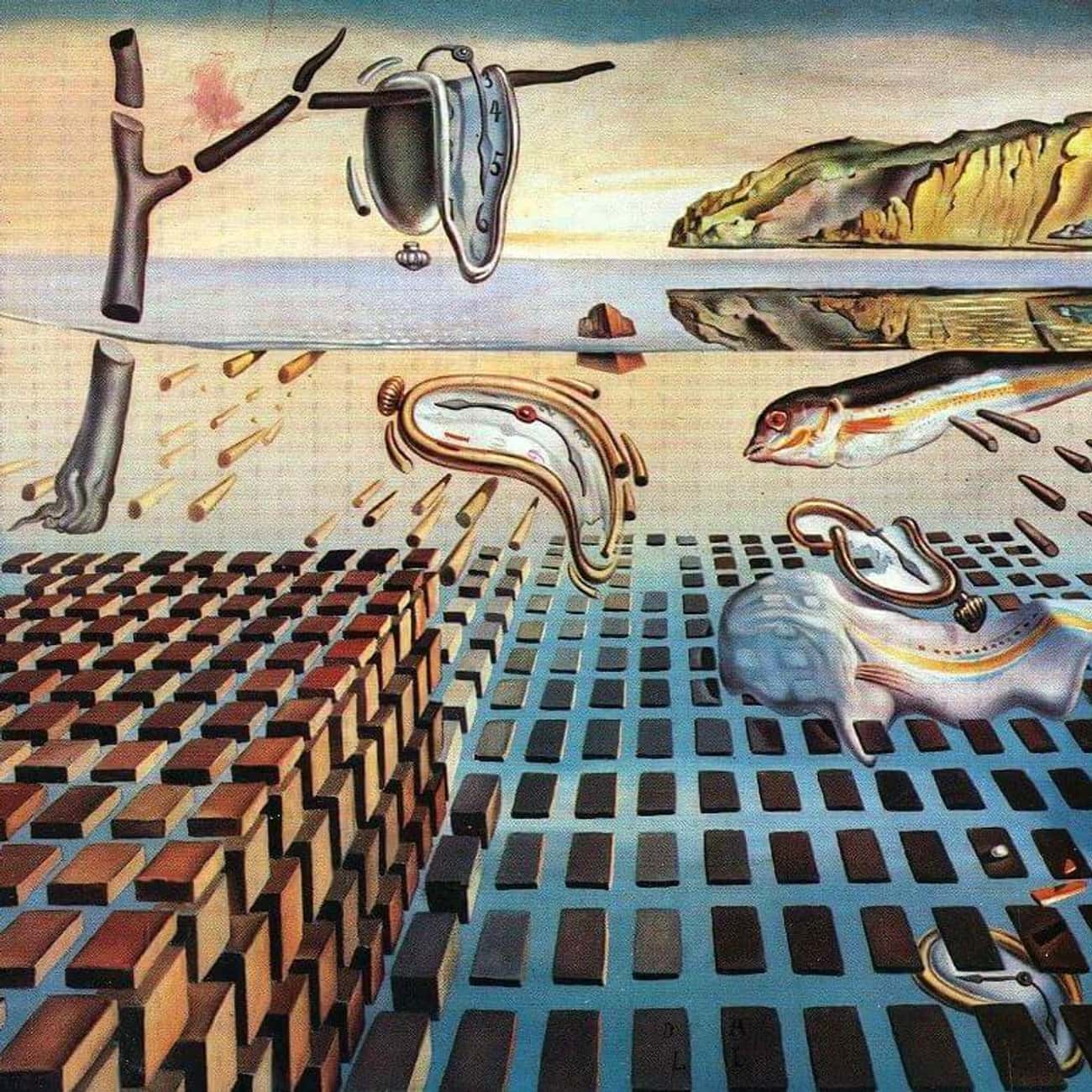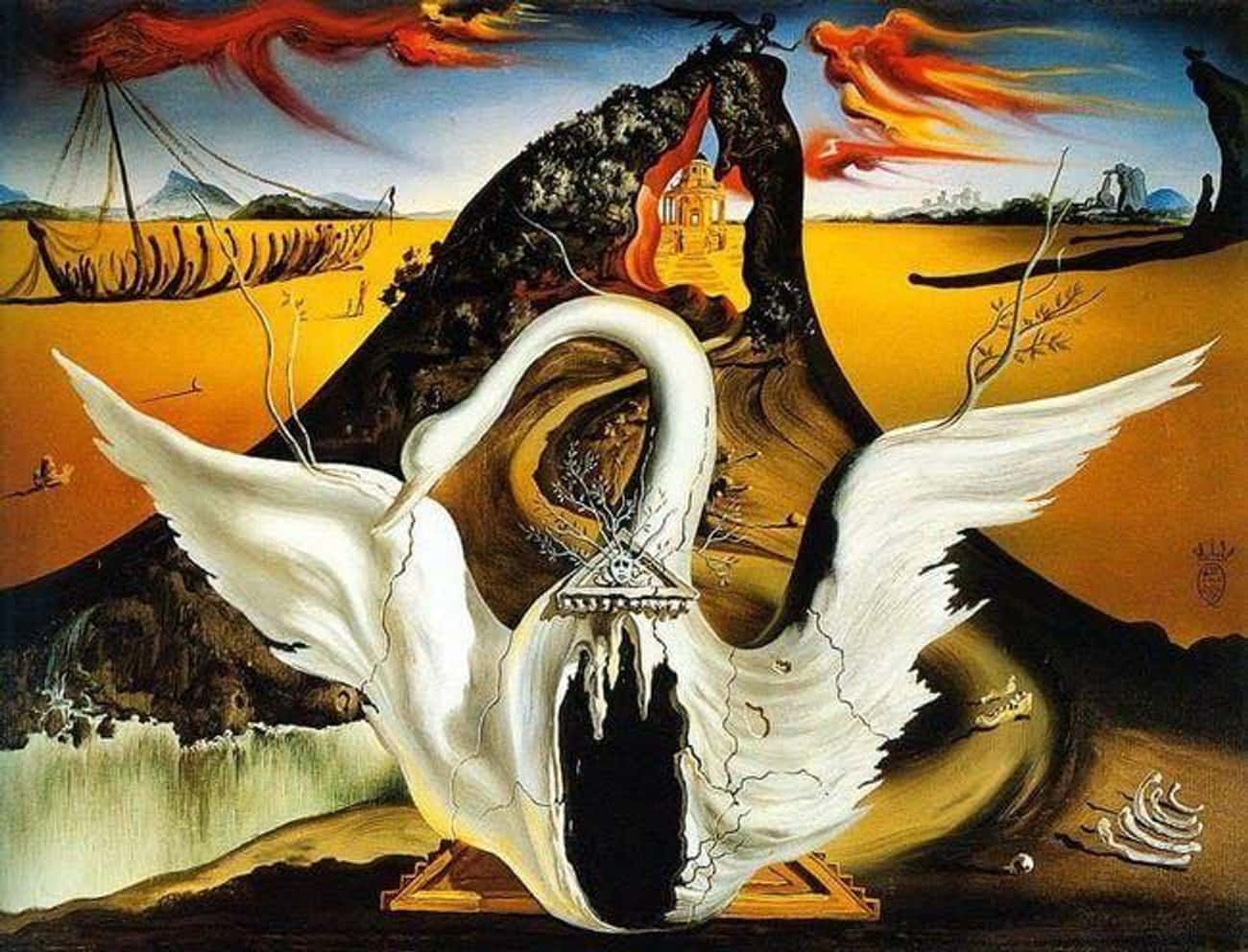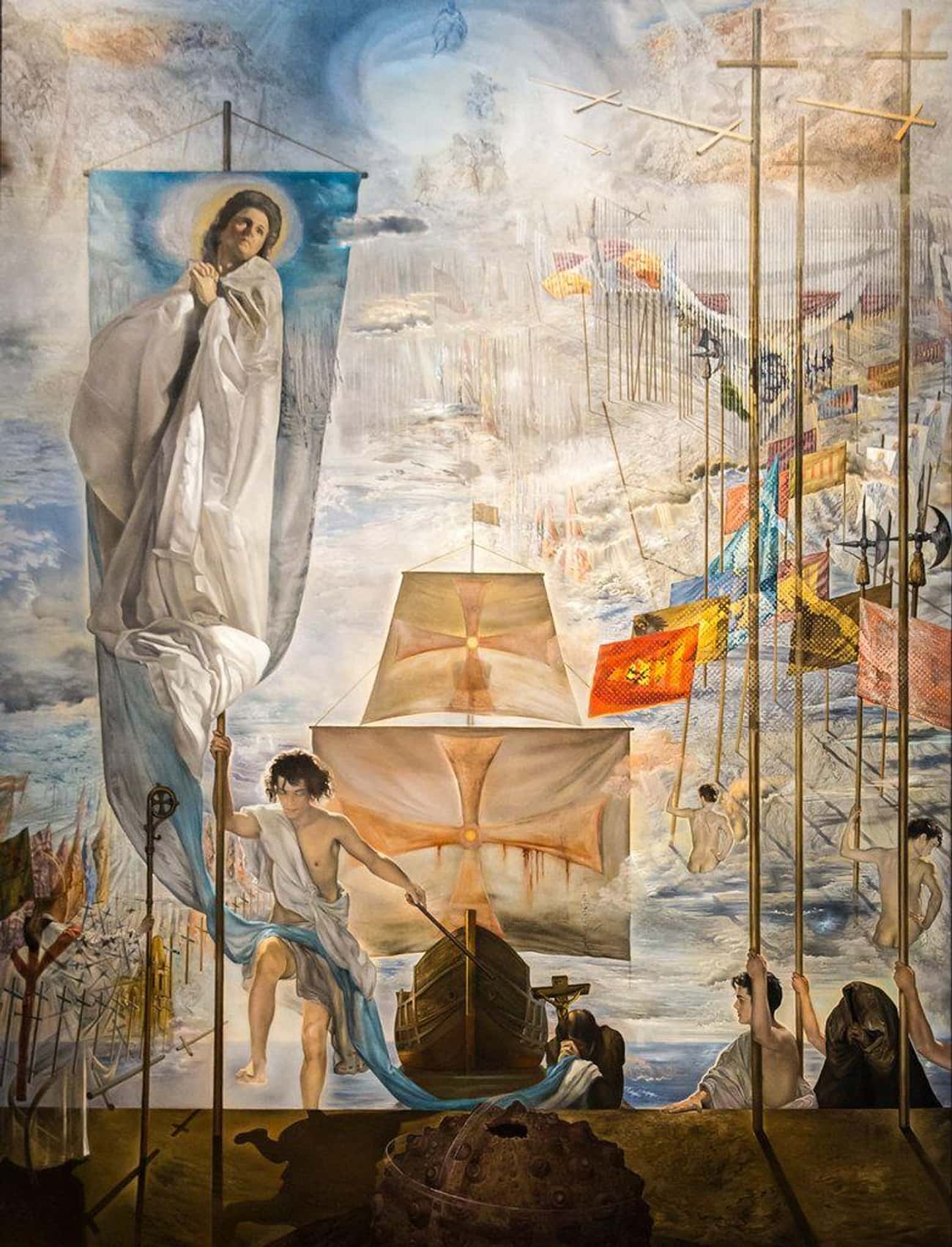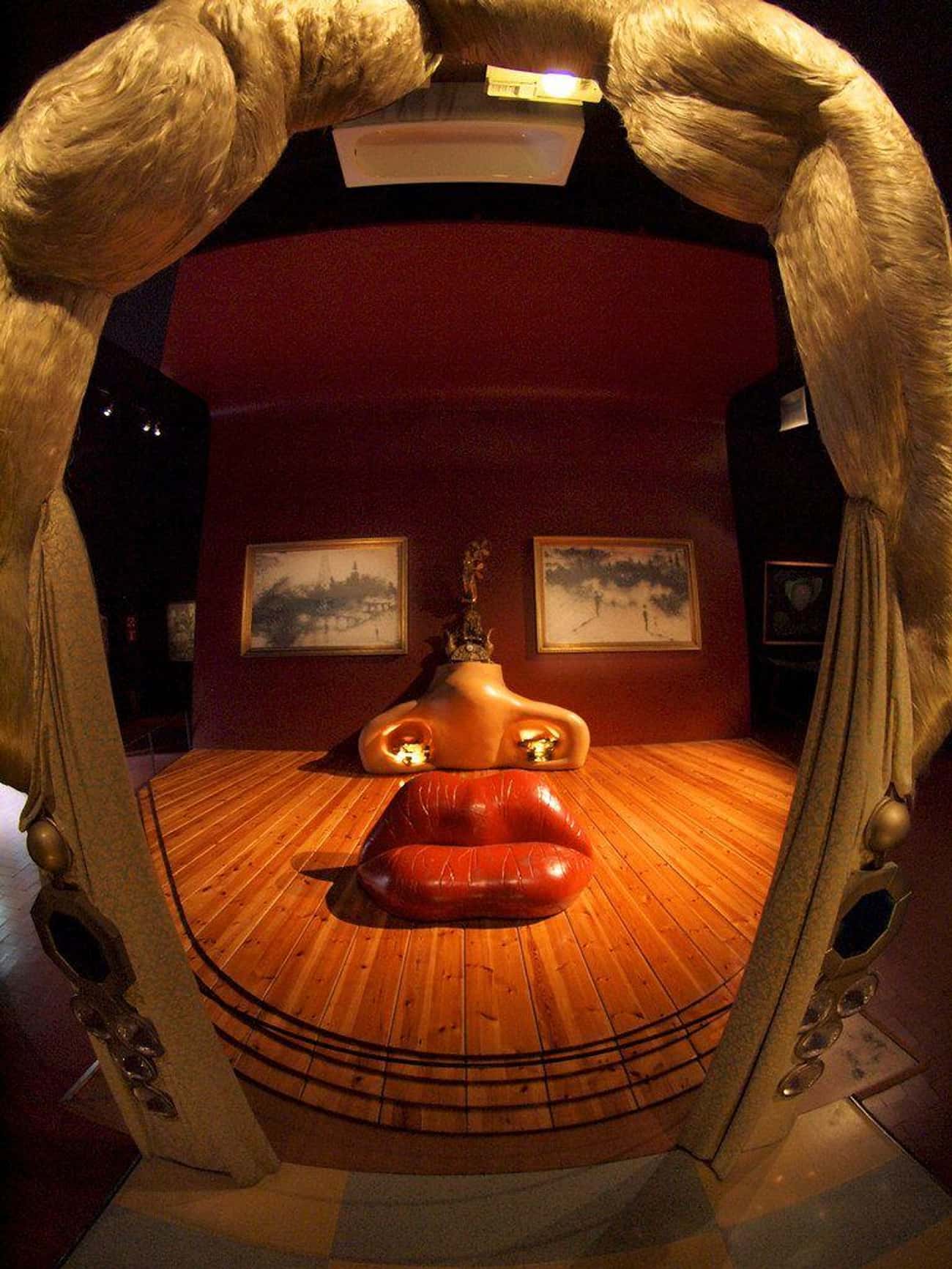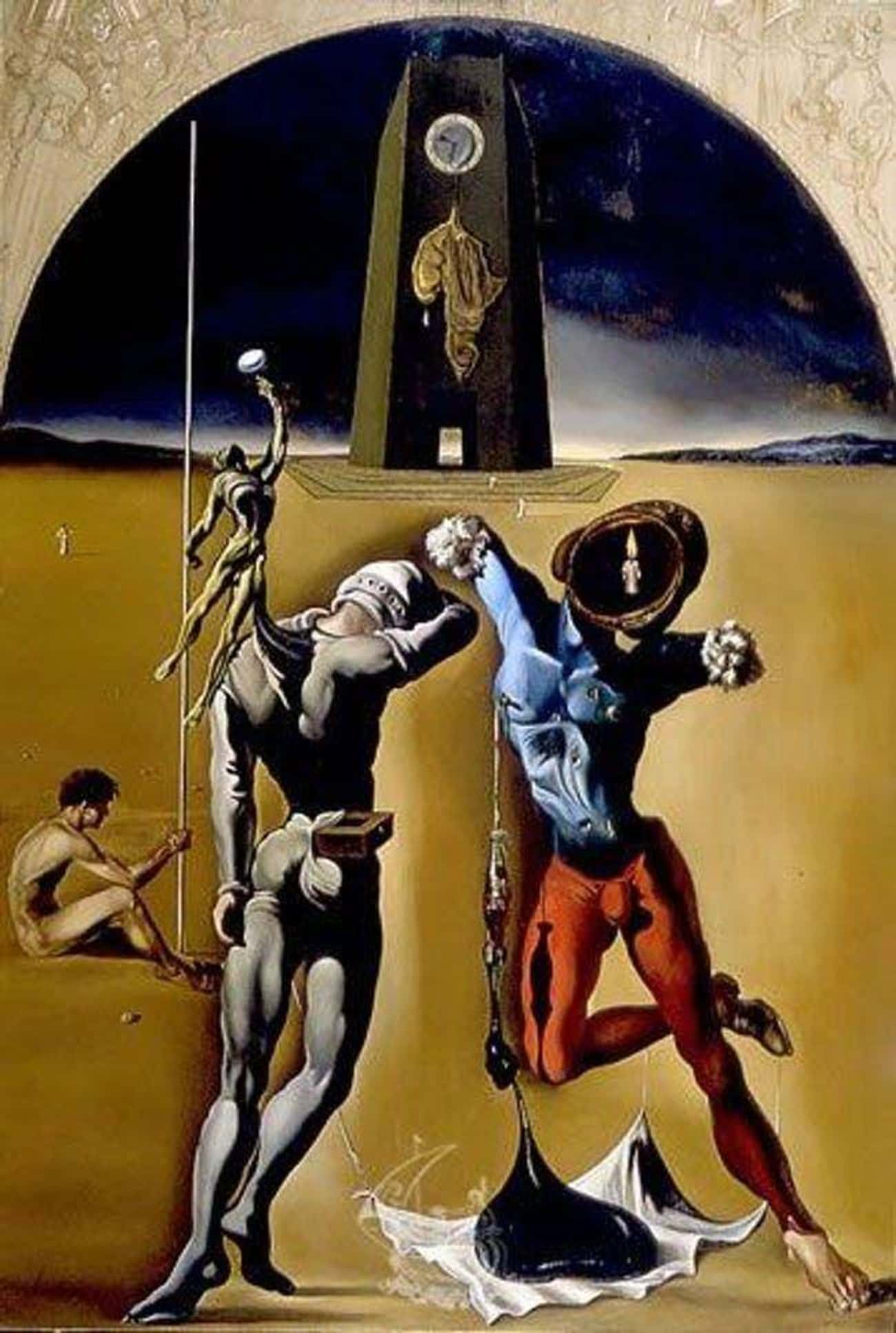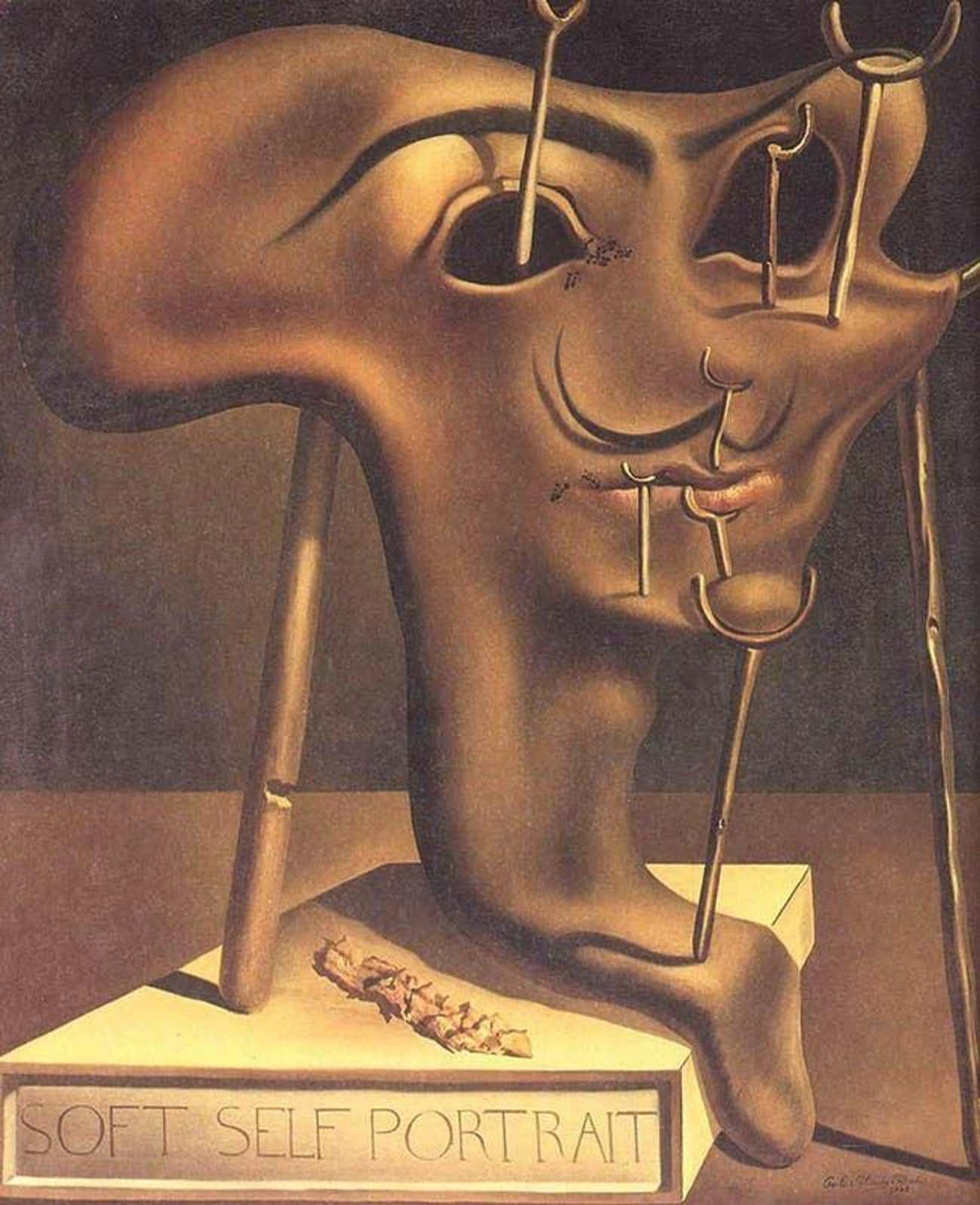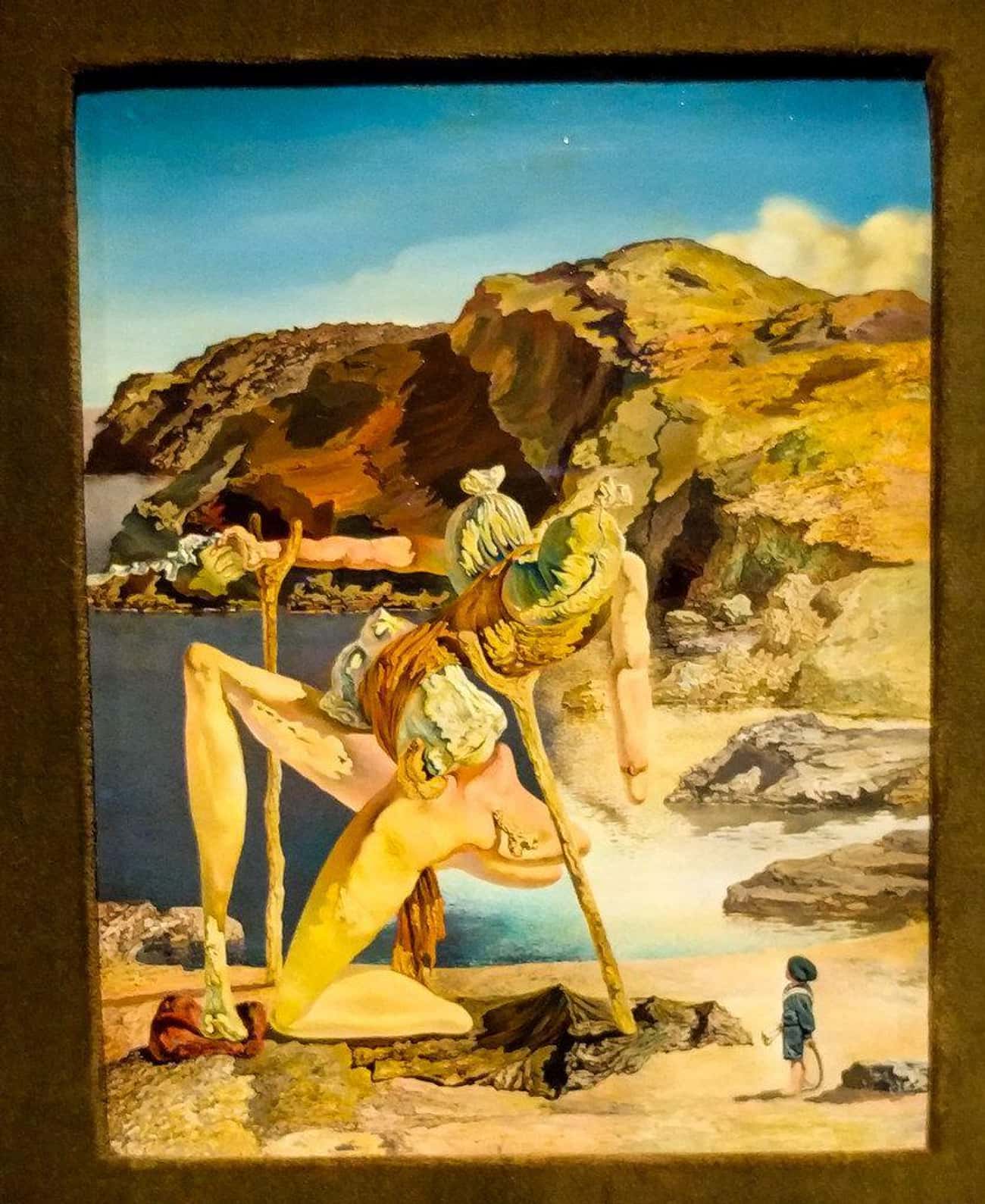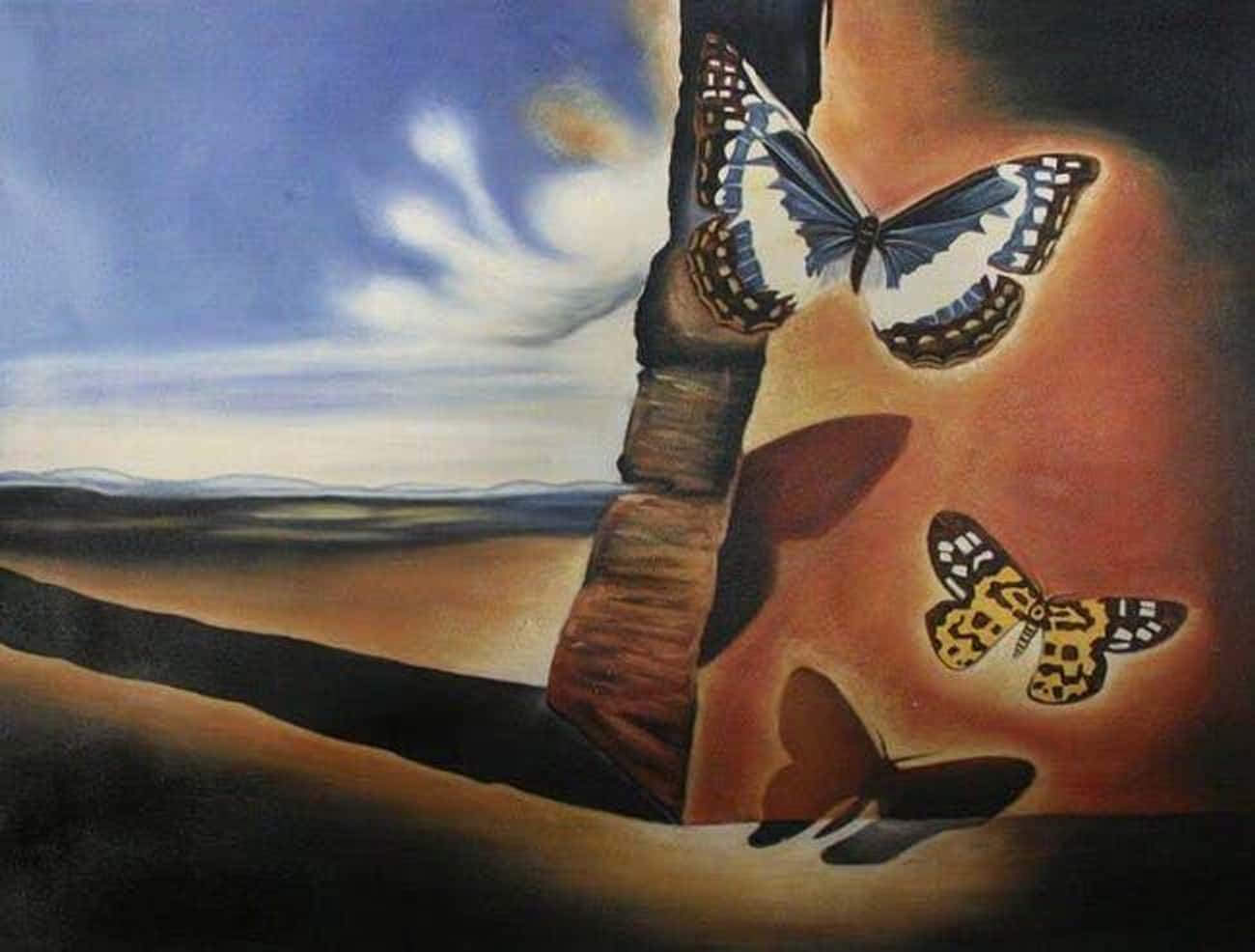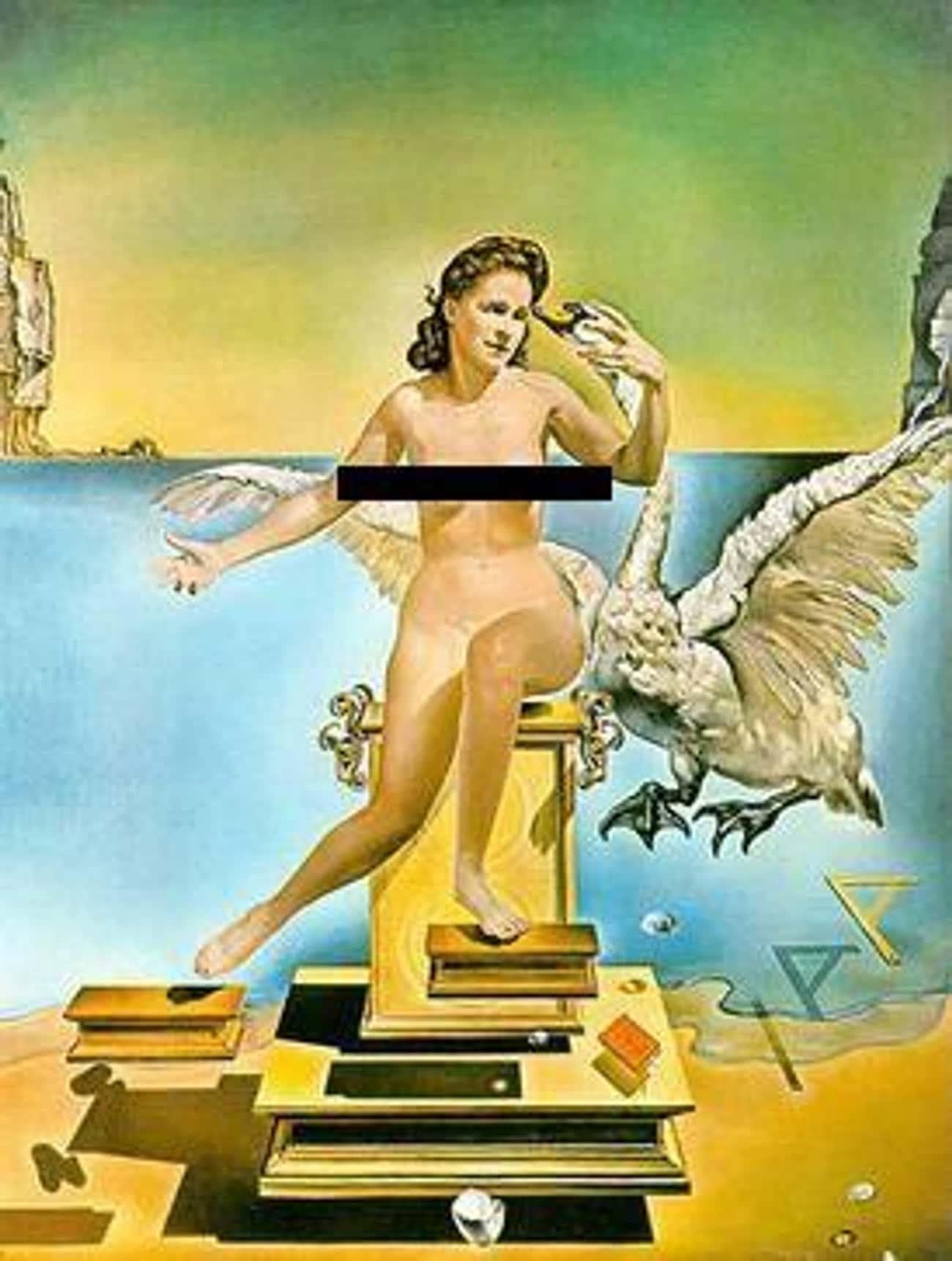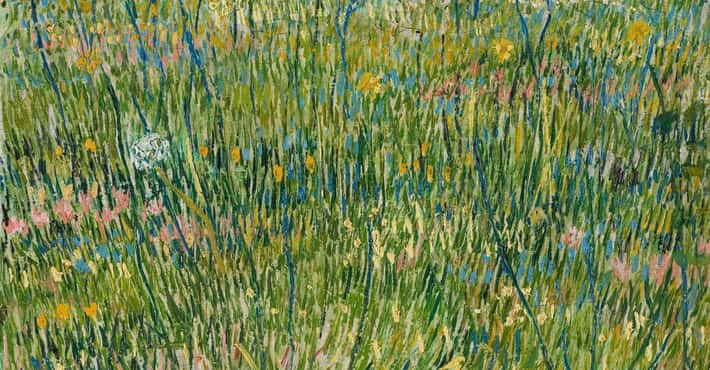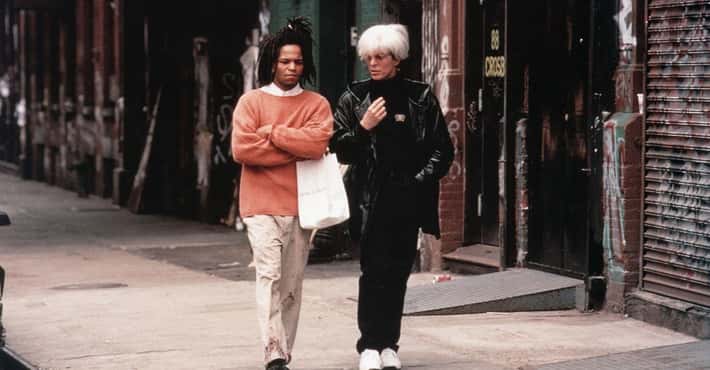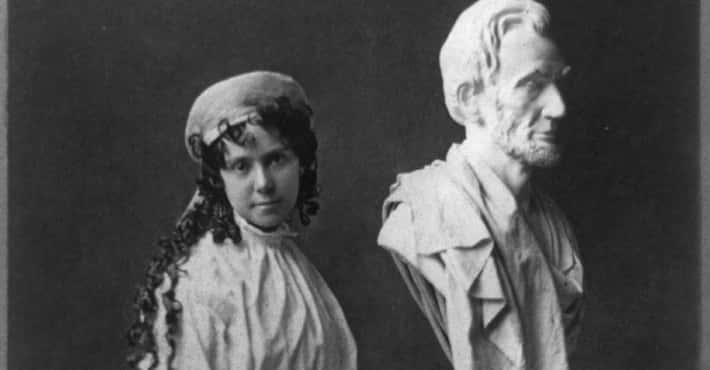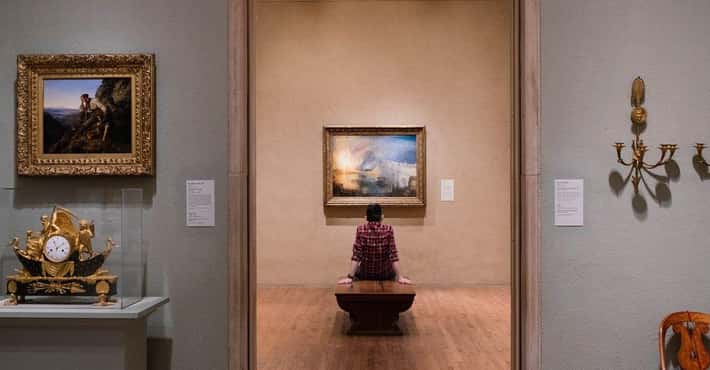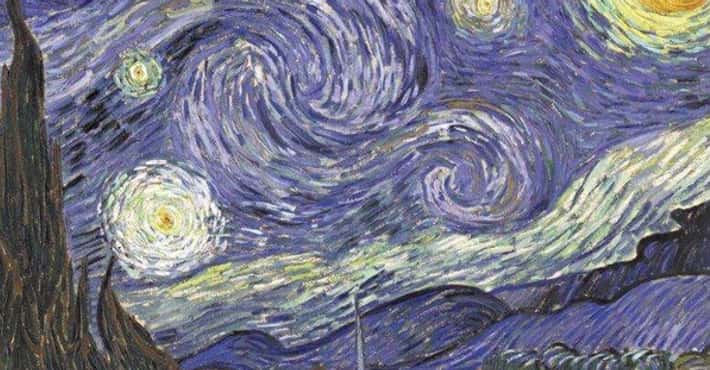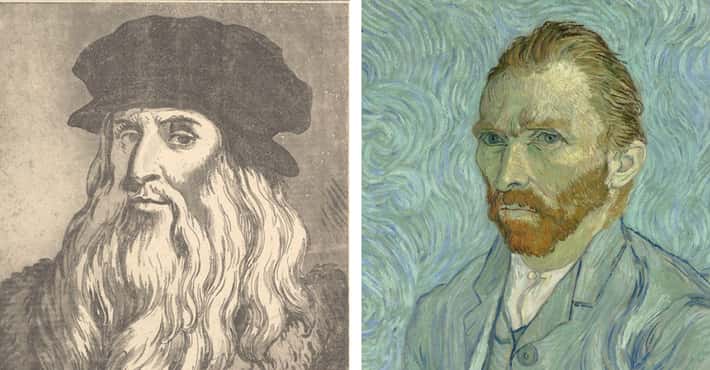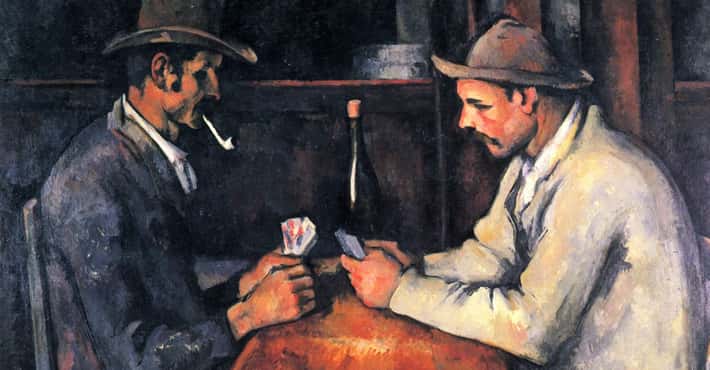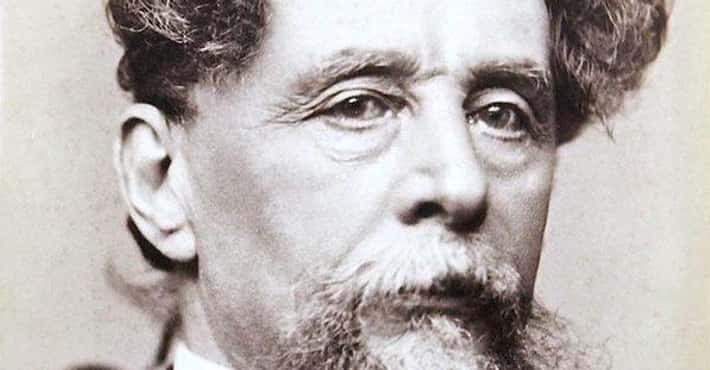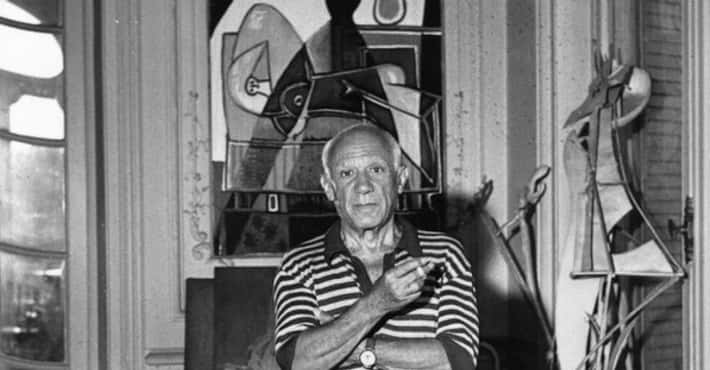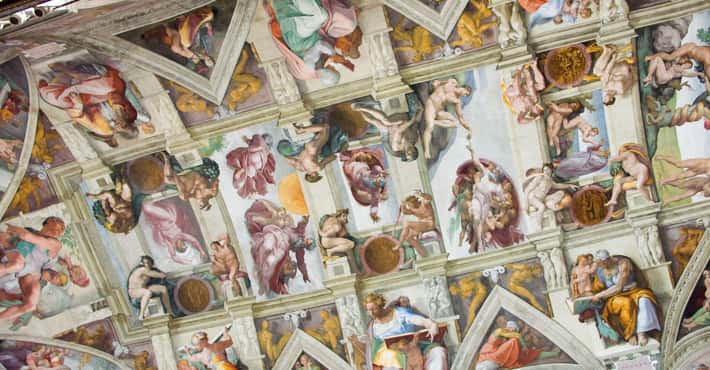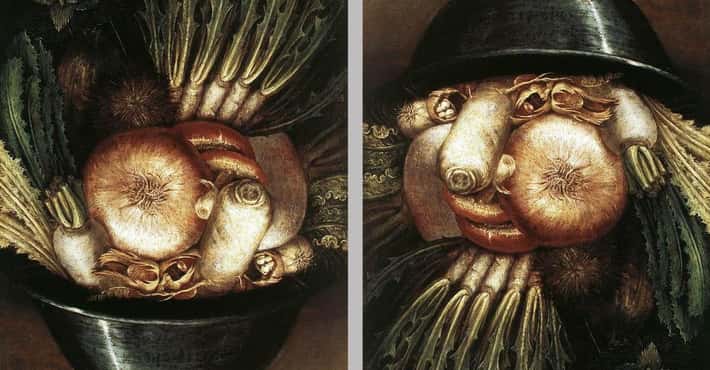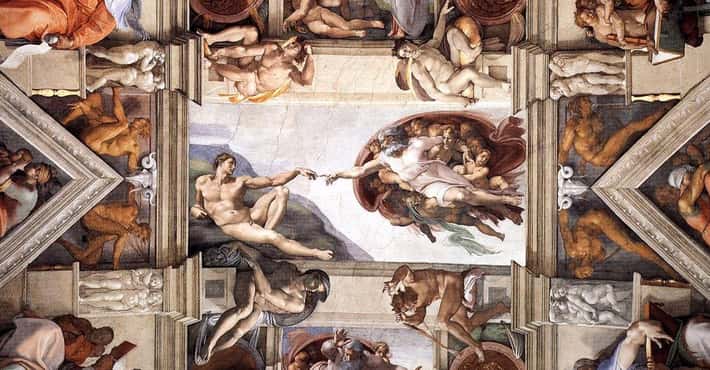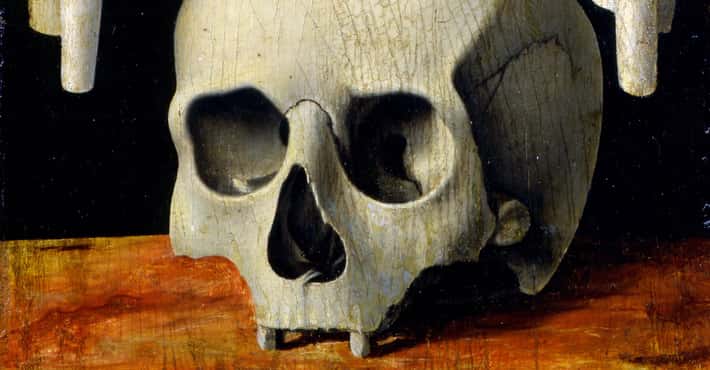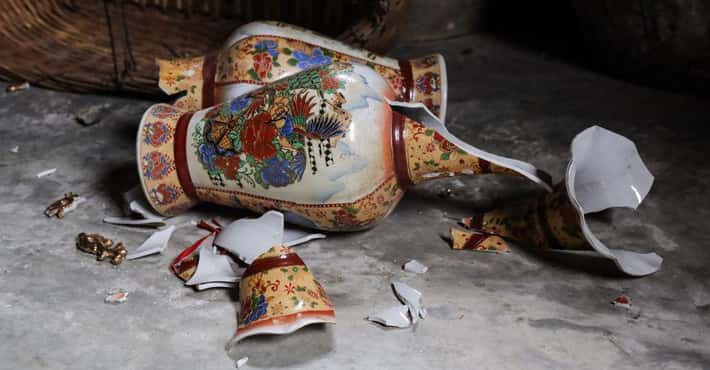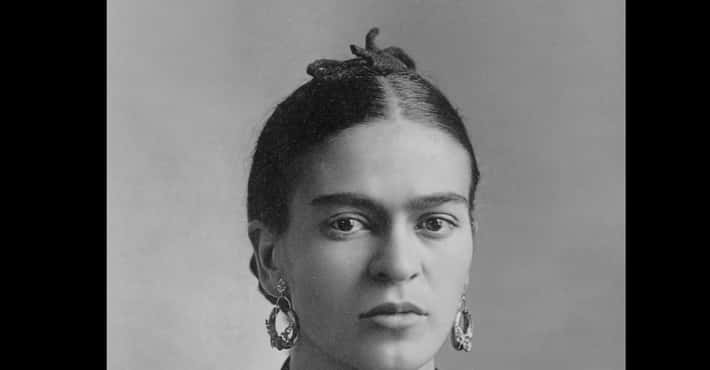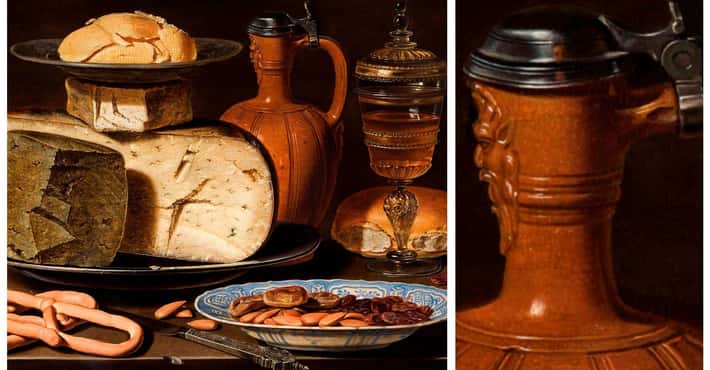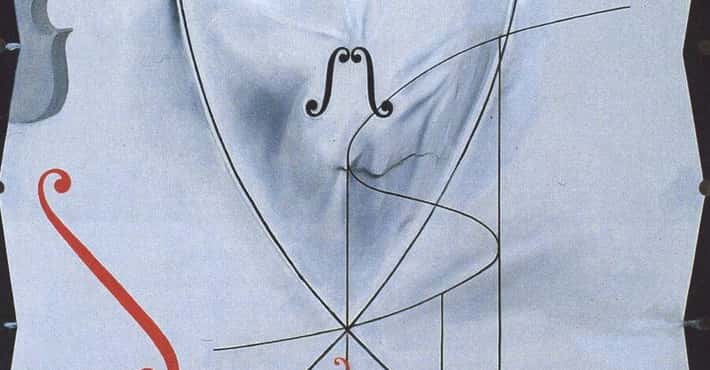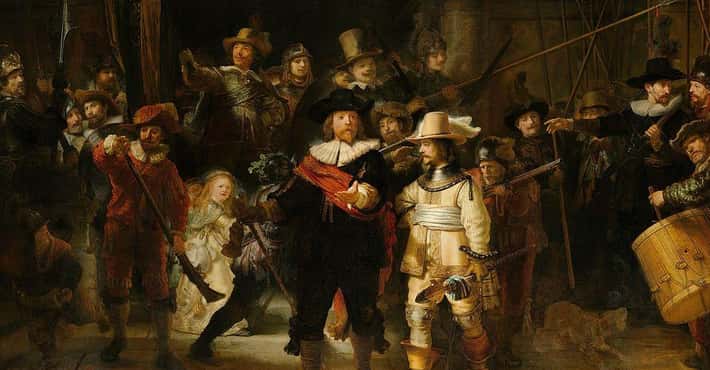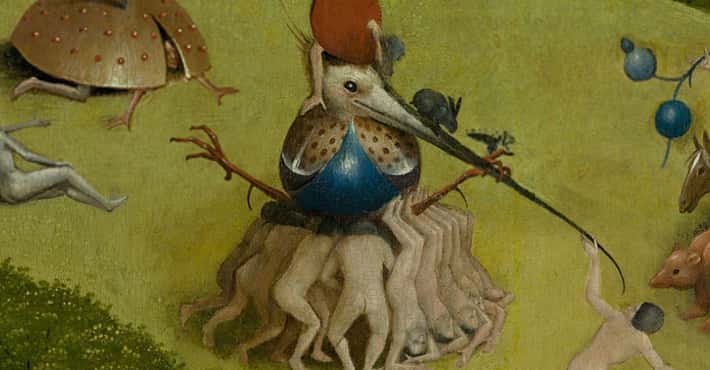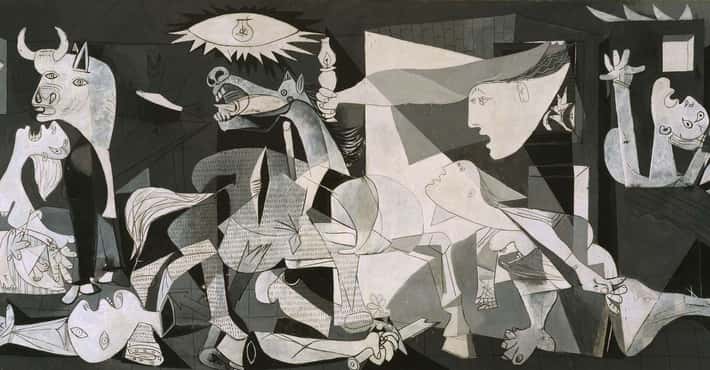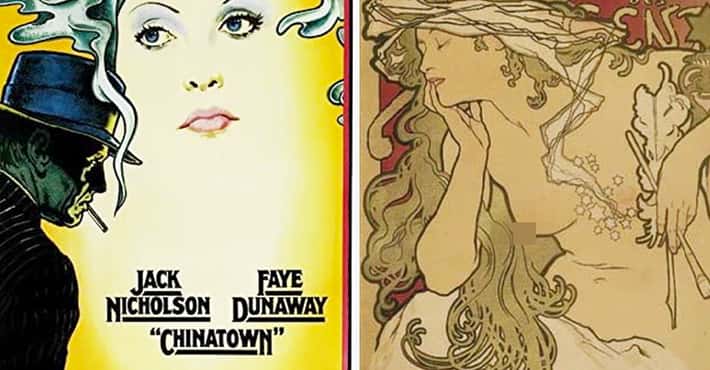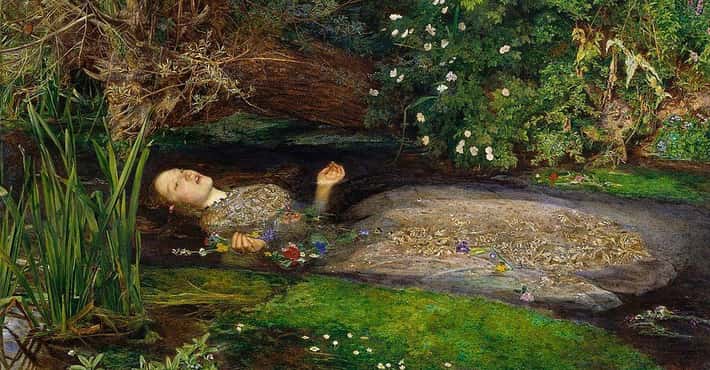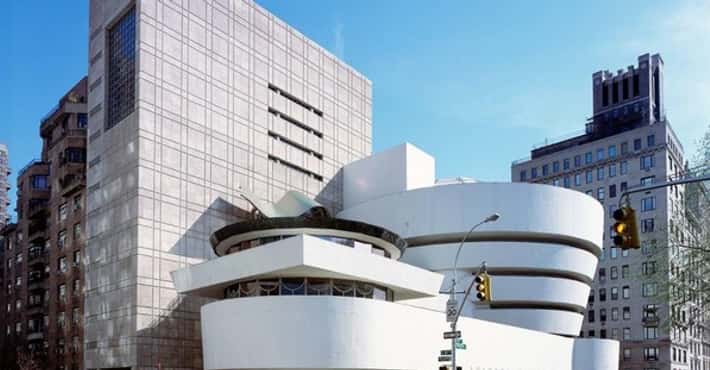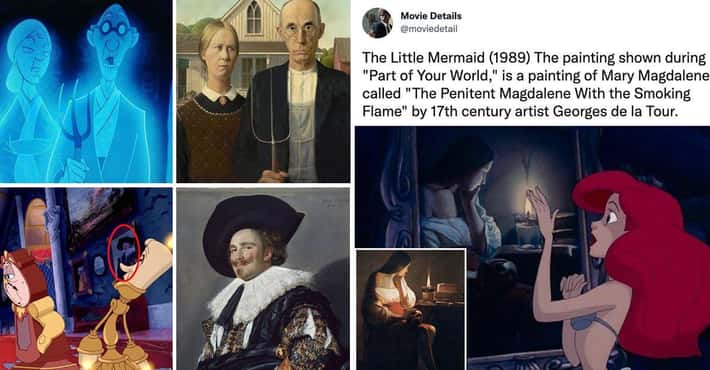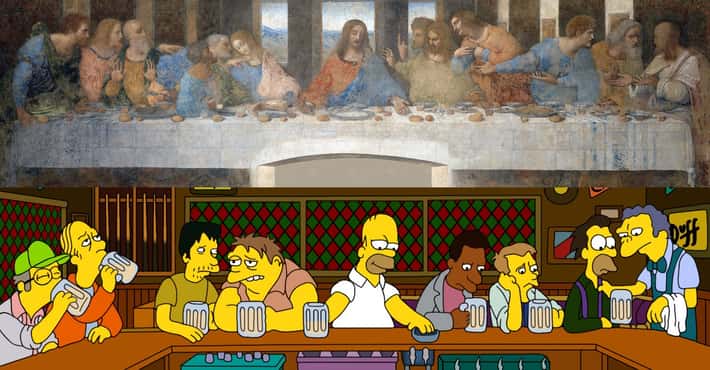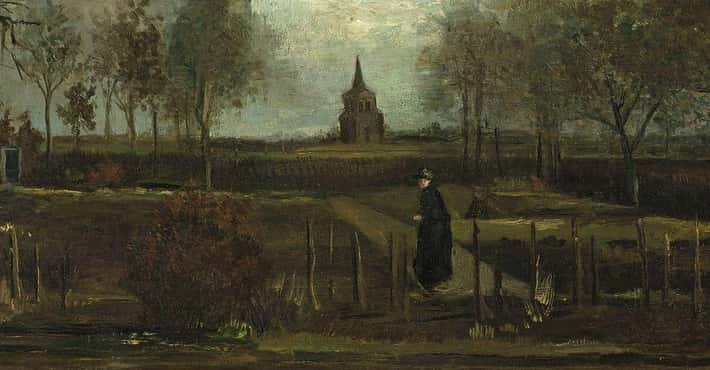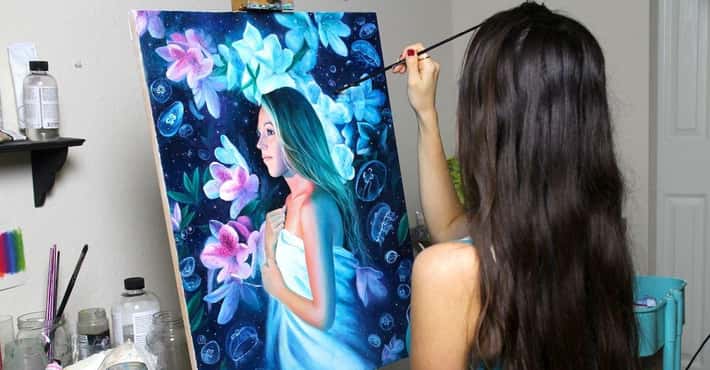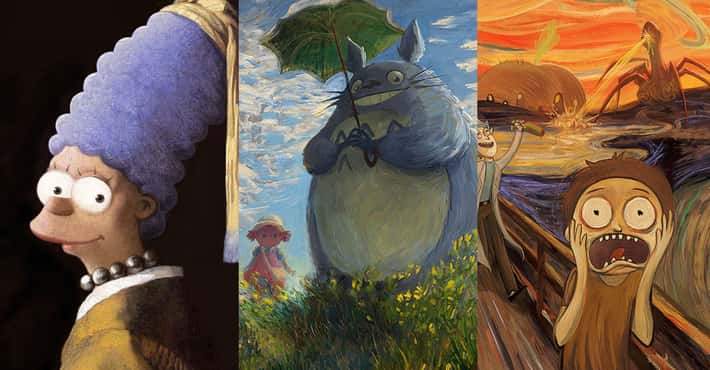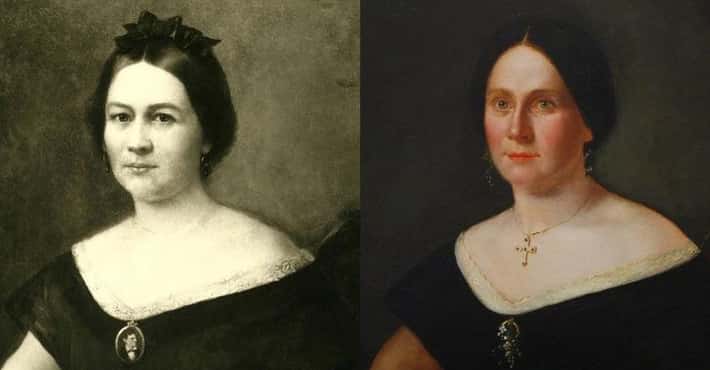Salvador Dalí's Greatest Works Of Art
- 1110 VOTES
The Persistence of Memory
The Persistence of Memory is a 1931 painting by artist Salvador Dalí, and is one of his most recognizable works. First shown at the Julien Levy Gallery in 1932, the painting has been in the collection of the Museum of Modern Art in New York City since 1934 which received it from an anonymous donor. It is widely recognized and frequently referenced in popular culture, though it is commonly better known by the more descriptive titles, 'The Soft Watches' or 'The Melting Watches'. - 230 VOTES
Head Exploding
Following the atomic explosion over Hiroshima in 1945, Dalí painted a number of fragmented heads and figures. The upper area of the painting, with the halo and brown clouds, resembles photographs of atomic explosions. The female face, with its tender expression and thin halo, is recognisable as the face of a Madonna by Raphael. Dalí was a great admirer of renaissance Old Masters - Leonardo da Vinci and Raphael - to be specific. The skull section in this work (painted in 1951) is based upon the inside of the dome of the Pantheon building in Rome.
- 340 VOTESThe Hallucinogenic Toreador is an oil painting. Salvador Dalí painted it in 1970, following the canons of his particular interpretation of surrealist thought. It is currently being exhibited at the Salvador Dalí Museum in St. Petersburg, Florida. In this piece, Dalí transmits his wife's dislike for bullfighting. By combining symbolism with optical illusions and estranging yet familiar motifs, he creates his own visual language. His application of the paranoiac-critical method within this painting combines versatile images as an instructive example of his artistic creation.
- 441 VOTESPhoto: Metaweb (FB)The Burning Giraffe is a painting by the Spanish surrealist Salvador Dalí. Dalí painted Burning Giraffe before his exile in the United States which was from 1940 to 1948. Although Dalí declared himself apolitical— "I am Dalí, and only that"—this painting shows his personal struggle with the battle in his home country. Characteristic are the opened drawers in the blue female figure, which Dalí on a later date described as "Femme-coccyx". This phenomenon can be traced back to Sigmund Freud's psychoanalytical method, much admired by Dalí. He regarded him as an enormous step forward for civilization, as shown in the following quote. "The only difference between immortal Greece and our era is Sigmund Freud who discovered that the human body, which in Greek times was merely neoplatonical, is now filled with secret drawers only to be opened through psychoanalysis." The opened drawers in this expressive, propped up female figure thus refer to the inner, subconscious within man. In Dalí's own words his paintings form "a kind of allegory which serves to illustrate a certain insight, to follow the numerous narcissistic smells which ascend from each of our drawers."
- 548 VOTES
The Temptation of Saint Anthony
Photo: f_snarfel / flickr / CC-BY-NC 2.0The Temptation of St. Anthony is a painting by Spanish surrealist artist Salvador Dalí. Painted in 1946, it is a precursor to the body of Dalí's work commonly known as the "classical period" or the "Dalí Renaissance".
- 631 VOTESPhoto: Metaweb / GNU Free Documentation LicenseThe Madonna of Port Lligat is the name of two paintings by Salvador Dalí. The first was created in 1949, measuring 49 x 37.5 centimetres, and is housed in the Haggerty Museum of Art at Marquette University in Milwaukee, Wisconsin, USA. Dalí submitted it to Pope Pius XII for approval, which was granted. Dalí created a second painting in 1950 with the same title and same themes, with various poses and details changed, measuring 144 x 96 centimetres; As of 2008, the 1950 Madonna is exhibited at the Fukuoka Art Museum in Japan. The paintings depict a seated Madonna with the infant Christ on her lap. Both figures have rectangular holes cut into their torsos, suggestive of their transcendent status. In the 1950 version Christ has bread at the center of his figure. They are posed in a landscape, with features of the coast of Port Lligat, Catalonia, in the background, with surrealist details including nails, fish, seashells, and an egg. The 1949 Madonna has a sea urchin; the 1950 Madonna has a rhinoceros and figures of angels, also posed by Gala.
- 722 VOTES
Archeological Reminiscence of Millet's "Angelus"
In Dalí’s 1935 analysis of the Archeological Reminiscence Millet's Angelus picture, he transforms the figures into monuments to represent ancient principles of human sexuality. He also alludes to the figures resembling praying mantis, which was a predominant theme during the Surrealism era. In this case, it signifies conflicting feelings of despair and attraction within the realm of desire. Dali felt that the female figure was the dominant partner and posed a sexual threat to her male partner. The male character, on the other hand, represents sexual repression, impotence and fear. Salvador also had believed that the two figures were mourning over a buried child.
- 848 VOTESPhoto: Metaweb (FB) / Fair useGalatea of the Spheres is a painting by Salvador Dalí made in 1952. It depicts Gala Dalí, Salvador Dalí's wife and muse, as pieced together through a series of spheres. The name Galatea refers to a sea nymph of Classical mythology renowned for her virtue, and may also refer to the statue beloved by its creator, Pygmalion.
- 921 VOTES
Gala Contemplating the Mediterranean Sea
Gala Contemplating the Mediterranean Sea… demonstrates a fascination with perception and the mystery of identity. Dalí layers multiple optical scales to create two paintings in one. The concept awaked Dalί’s old fascination with paranoia – specifically, how much of the reading of an image is from the viewer as distinct from the thing viewed. By squinting slightly and so flattening the depth of field, the portrait of Lincoln snaps into view displacing the figure of Gala. Once seen, the image appears at each return. Dalí spent many years living between Spain and the United States and considered America his second home. Dalí painted this work in his room at the St. Régis Hotel in New York. As well as homage to an American painter, the painting is homage to America itself, created in the nation that gave him refuge during the turmoil of Civil and World War Europe.
- Dream Caused by the Flight of a Bee Around a Pomegranate a Second Before Awakening is a surrealist painting by Salvador Dalí. A short, alternate title for the painting is Dream Caused by the Flight of a Bee. It was painted in 1944, while Dalí and his wife, Gala, were living in America.
- La Desintegración de la Persistencia de la Memoria or The Disintegration of the Persistence of Memory, is a painting by the Spanish surrealist Salvador Dalí. It is an oil on canvas re-creation of the artist's famous 1931 work The Persistence of Memory, and measures a diminutive 25.4 × 33 cm. It was originally known as The Chromosome of a Highly-coloured Fish's Eye Starting the Harmonious Disintegration of the Persistence of Memory, and first exhibited at the Carstairs Gallery in New York in 1954.
- 1223 VOTES
Bacchanale
Bacchanale is the first of nine ballets designed by Dalí to be produced in New York from 1939 to 1949. It was also his first set design for Les Ballets Russes de Monte Carlo.
- The Discovery of America by Christopher Columbus is the name of a painting by artist Salvador Dalí, begun in 1958 and finished in 1959. It is over 14 feet tall and over 9 feet wide, one in a series of large paintings Dalí did during this era.
- 1425 VOTES
Face of Mae West Which Can Be Used as an Apartment
Salvador Dalí did this work on a newspaper photo of the actress Mae West, an icon of the 20s. For Salvador Dalí, she represented a feminine model of beauty. Using his paranoiac-critical method, Dalí created a realistic scene from the photograph of the actress. Her facial features become furniture and ornamental motives. In 1974, the project of the Mae West room was developed, with the collaboration of the architect Oscar Tusquests. The collage was used as inspiration, using images to represent the eyes, a chimney that symbolizes the nose, the iconic sofa lip, and a blond hair wig that works as the apartment curtains.
- 1515 VOTES
The Poetry of America
Dalí painted oil painting Poetry of America in the United States, in Monterrey, California, in 1943. The landscape is a mixture of the Empurdá plain and Cap de Creus and of the vast American deserts. The skin shaped as Africa appears in the background, on the tower of time, with the clock marking the time and the athletes —American football players— with the vertical symbolism of the Coca-Cola bottle between them, and the black telephone, encrusted into the bottle, from which comes a huge black stain that falls onto a white cloth that is attached to the athletes. The black stain has been the object of different interpretations, one of which ponders with the idea that it is a representation of the American racial problem. This work, produced during the American period, is advance notice of the new cultural attitudes in the 20th century, especially that of pop art.
- 1621 VOTES
Soft Self Portrait with Fried Bacon
Soft Self-Portrait with Grilled Bacon (c. 1941) is a spectre full of irony, where an amorphous, soft face appears, supported by crutches, which Dalí considered his self-portrait, with a pedestal that bears the inscription of the title of the work and, above, a slice of fried bacon, a symbol of organic matter and of the everyday nature of his breakfasts in New York’s Saint Regis Hotel. Dalí always remembered the piece of flayed skin with which Michelangelo represented himself in the Sistine chapel in the Vatican and argued the most consistent thing of our representation is not the spirit or the vitality, but the skin.
- 1720 VOTES
The Spectre of Sex Appeal
Photo: seaan / flickr / CC-BY-NC-ND 2.0Dalí exhibited this oil painting in 1934... On the right-hand side, we see Dalí as a child, dressed as a sailor, looking at an enormous monster, soft and hard at the same time, which for the artist symbolised sexuality, all of it framed by a hyper-realist Cap de Creus. This work is the concrete definition of a difficult-to-perceive feeling: the monster of sexuality, as precise as the landscape of his childhood, the rocks of Cap de Creus. We should emphasise the imposing presence of the crutches, to Dalí a symbol of death and resurrection.
- 1819 VOTES
Landscape with Butterflies
Because Dali associated DNA strands with God, the viewer can assume that his addition of the helix to the otherwise drab landscape in Landscape with Butterflies (circa 1956) suggests the presence of God and creation in the everyday world.
- 1917 VOTES
Galarina
Salvador Dalí has said of Galarina, "I entitled this painting Galarina because Gala is to me what his Fornarina was to Raphael. And, without premeditation, here again is...bread! A rigorous and perspicacious analysis will bring to light the crossed arms of Gala, looking like the intertwinement of the basket, her breasts like the end of the bread. I have already painted Gala with two lamb-chops balanced on her shoulder ... as an expression of my subconscious desire to devour her. That was the age of the imagination's raw meat. Today, now that Gala has risen in the heraldic hierarchy of my nobility, she has become my basket of bread."
- 2015 VOTES
Leda Atomica
Leda Atomica is a painting by Salvador Dalí, made in 1949. The picture depicts Leda, the mythological queen of Sparta, with the swan. Leda is a frontal portrait of Dalí's wife, Gala, who is seated on a pedestal with a swan suspended behind and to her left. Different objects such as a book, a set square, two stepping stools and an egg float around the main figure. In the background on both sides, the rocks of Cap Norfeu define the location of the image. The painting is exhibited in the Dalí Theatre and Museum in Figueres and Mirberry Mews, Nottingham courtesy of the Blackwell Art Foundation.


